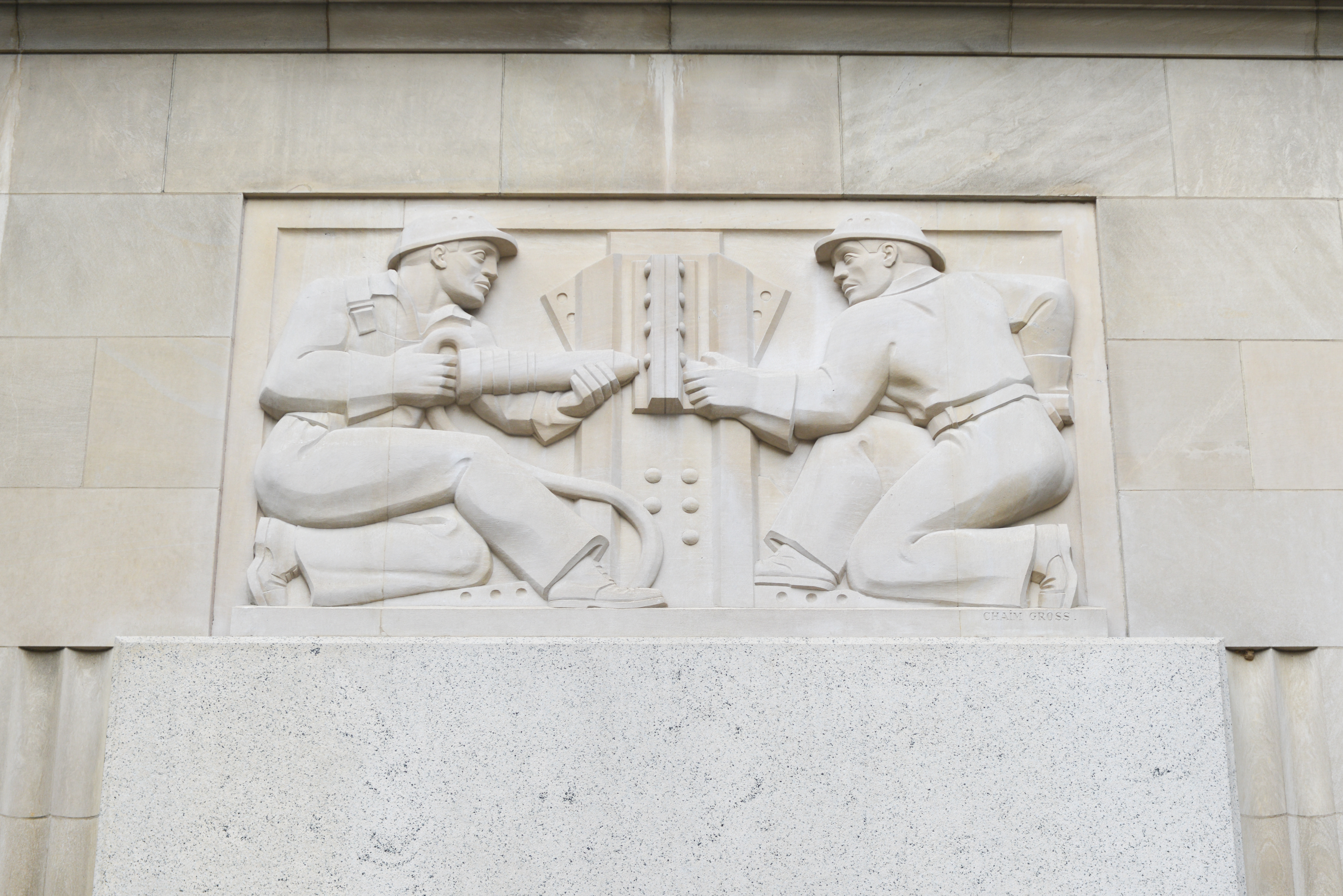
This is the tenth in a looooong series of posts diving deep into the detail mentioned in the complaint by FTC and all Attorneys General against four named cancer charities.
The complaint can be found here. My posts in this series are visible using the FTC tag.
This is the second post discussing allegations in the complaint asserting that the financial statements of the charities were misstated. Four paragraphs summarize the problems the FTC has with the accounting for donated medicines.
-
Corporate Defendants obtained the paperwork they used to claim these figures for just the cost of the payment to INTERMEDIATE (which included both INTERMEDIATE’s fees and shipping costs). For example, in connection with a 2011 shipment to Guatemala, CFA reported contributed revenue and corresponding program expense of over $8 million, but only paid INTERMEDIATE a fee of $50,550. For one 2010 shipment to Ghana for which CCFOA reported contributed revenue and program expense of over $3.8 million, CCFOA paid INTERMEDIATE just $39,960. In addition, for a 2011 shipment to Honduras for which BCS reported contributed revenue and program expense of at least $3.8 million, BCS paid INTERMEDIATE just $28,120. Although Corporate Defendants used such transactions to add hundreds of millions of dollars in program expenses to their financial reports, these “programs” existed entirely on paper. Corporate Defendants did not possess the goods and played no role in their overseas distribution. They hired no additional staff to manage these multimillion-dollar international GIK programs and in most instances spent virtually no staff time on them. In addition, the very high dollar values associated with these transactions largely resulted from overvalued pharmaceuticals.
The magnitude of the issues are described here. Implied but not stated is the FTC’s allegation that a fee of tens of thousands of dollars can generate a multimillion dollar revenue transaction.
For the three cited shipments, here are the amounts asserted by FTC that were recorded as revenue, the fee paid, and for which organization:
- Reven. Fee Org
- $8.0M $50K CFA
- $3.8M $40K CCFOA
- $3.8M $28K BCS
The fee as a percent of the shipment’a valuation for the three cited shipments are as follows;
- 0.62% – CFA
- 1.05% – CCFOA
- 0.74% – BCS
The complaint does not provide enough information to generalize from these shipments. I am led to assume they are representative. That may be an invalid assumption, but is still my assumption.
Keep in mind those proportions in case you have opportunity to read about other charities elsewhere and the relationship between claimed valuations and the prices to buy the identical medicine on the international market.
Here are a few of the massive accusations leveled by the FTC in this paragraph. Consider these from an accounting perspective:
- Programs allegedly exist on paper only.
- Named charities allegedly “played no role” in the overseas distribution of the meds. Consider the impact if “no role” includes zero communication with the recipient and no part in even determining or assessing who the recipient might be or whether the meds are appropriate for the recipient and usable by them.
- No new staff hired across four organization to handle combined $223 million of shipments over five years.
- “(V)irtually no staff time” spent on handling $223M of shipments.
- Medicine is allegedly overvalued.
Next: part 11.